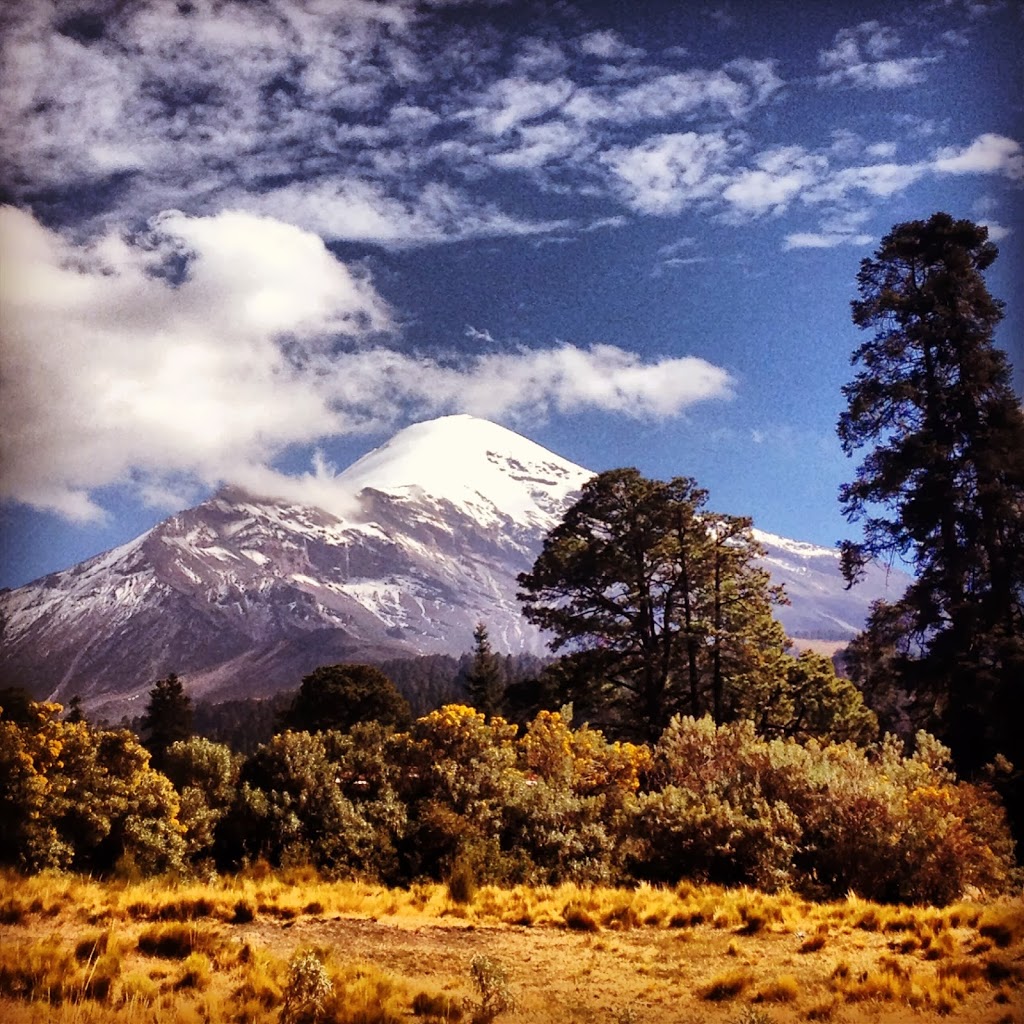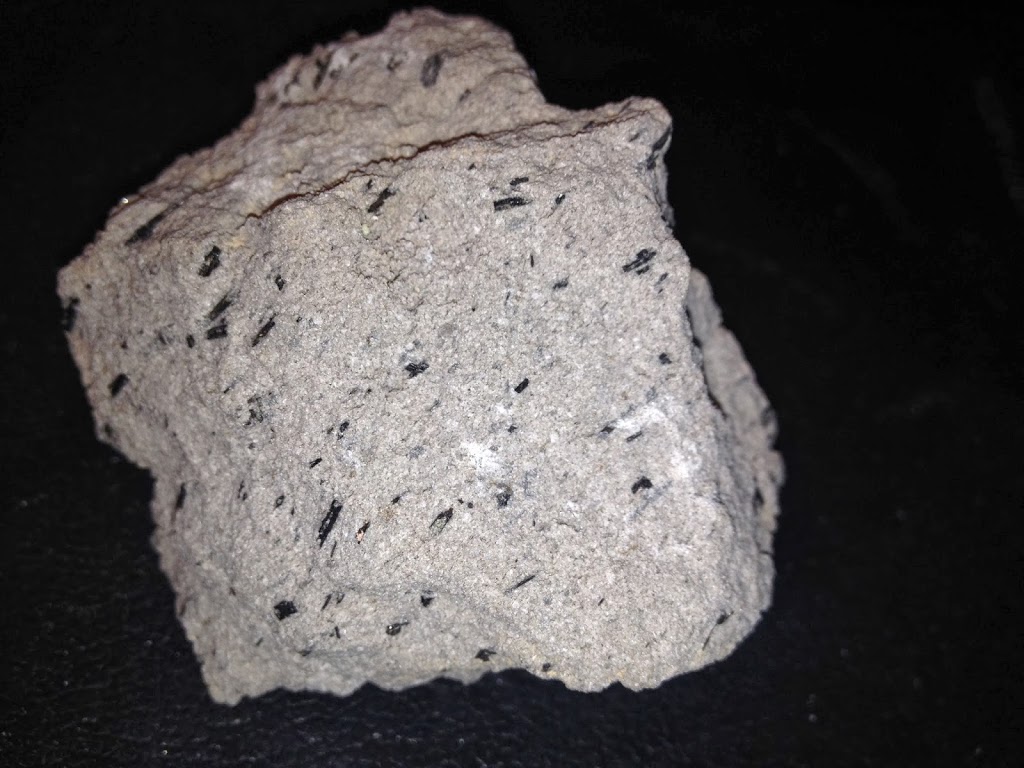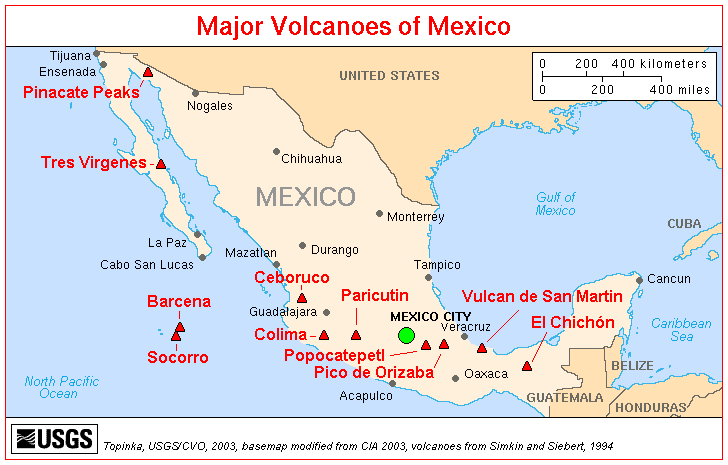Pico de Orizaba or Citlaltepetl, at 18,490 ft. above sea level, is the highest mountain in Mexico and the third highest mountain in North America. It is a dormant stratovolcano within the Trans-Mexican volcanic belt that extends across much of central Mexico. The modern day volcanic edifice of Pico de Orizaba was built within and adjacent to an ancient caldera related to its ancestral predecessor approximately 16,000 years ago.
The only historical eruptive episode took place during the 17th century; the most important event was in 1687. Today the volcano has an oval crater at the summit (400 m x 500 m diameter and 300 m vertical walls) and several old lava flows that extend down the slopes of the cone. Generally, the composition of the eruptive products of Pico de Orizaba is andesitic-dacitic. A prominent hornblende-rich intermediate lava flow extends down the north side of the mountain directly adjacent to the climbers hut, Piedra Grande. The northern slope is covered by a rapidly retreating glacier that extends down to ~16,000 ft. The volcano is significantly hydrothermally altered and emits small amounts of CO2 from the crater walls. Several small towns, such as Tlachichuca, sit atop old debris flow deposits.
As a geologist and climber, ascending Pico de Orizaba was a dream come true. The standard route up the Jamapa Glacier from Piedra Grande is a non-technical high altitude climb and therefore is great training for more technically challenging high altitude climbs, such as Denali. The climb required crampons and ice axes on the steep glacial ice but with no significant crevasses and a moderate slope angle, no ropes were required. With a morning storm clearing out, my team and I decided to climb the mountain during the waning hours of daylight. The climb was thrilling – emerging from whiteout conditions above a sea of clouds was a beautiful experience. The beauty however, came with a physical struggle. Breathing was a challenge and soon I was coaching myself to take 30 steps, then pause and catch my breath for 15 seconds. Eventually, we reached the summit, shortly after sunset. The views and remoteness we experienced on the highest volcano and mountain I had ever climbed (by more than 4,000 ft.) was worth the pain.
 |
| Pico de Orizaba in all her glory. |
 |
| Interbedded surge deposits and hydrothermally altered lavas. |
 |
| The Piedra Grande route to Jamapa Glacier. |
 |
| A sample of a hornblende-rich andesite exposed near basecamp. |
![]() This work is licensed under a Creative Commons Attribution-NonCommercial-ShareAlike 4.0 International License.
This work is licensed under a Creative Commons Attribution-NonCommercial-ShareAlike 4.0 International License.

